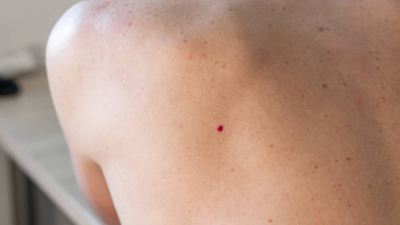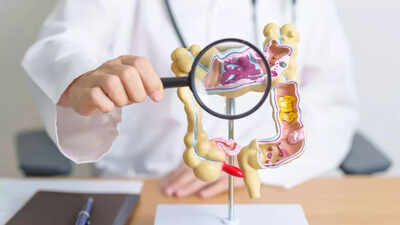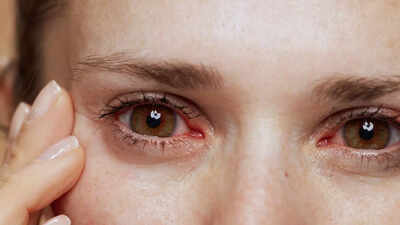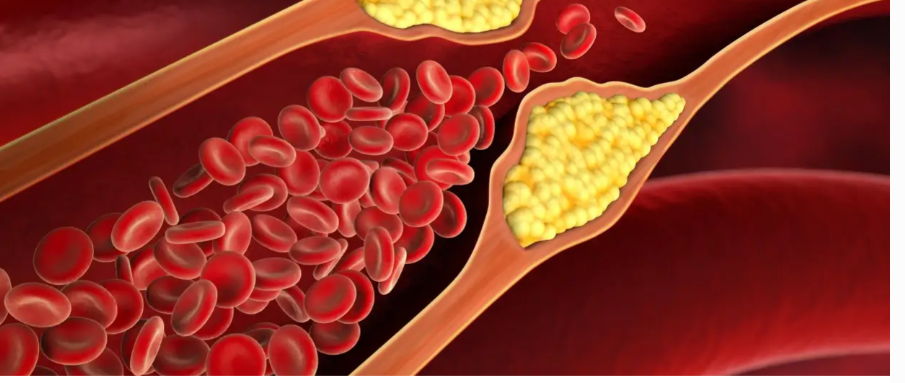If you’ve ever noticed tiny red bumps popping up on your skin, sometimes overnight, you might have freaked out a little. Are those things dangerous? Are they a sign of something serious? Cue the cherry angioma!
What are cherry angiomas ?
Cherry angiomas are small, bright red or purple bumps on your skin. Technically, they’re clusters of tiny blood vessels (capillaries) that have bunched together near the surface of your skin. You might hear them also called senile angiomas or Campbell de Morgan spots, but “cherry angioma” is commonly used.
- Shape: They’re usually round or oval.
- Size: Can be as small as the head of a pin or up to about a quarter inch across.
- Color: Typically cherry red, but sometimes look a bit darker or even purple.
- Feel: Most are totally smooth, but some might stick out a bit from the skin.
They love to show up on your trunk (chest and belly) but can appear almost anywhere: your arms, legs, even your scalp.
Are cherry angiomas dangerous ?
Nope. They are benign (not cancerous)! According to MedlinePlus, a major government health reference, cherry angiomas are totally harmless and usually don’t cause any medical problems or turn into cancer. The main issues people have are:Bleeding (if you scratch or bump them)Cosmetic annoyance (some folks just don’t like the look)You don’t have to get them checked unless they change shape, bleed a lot, or you just want them removed for looks.
Why do cherry angiomas grow?
You’re not alone if you’re wondering “why me?” Here’s the deal: science doesn’t have a definite answer. But here’s what experts know so far:Age: Cherry angiomas are super common after age 30, and the older you get, the more likely you are to have them.Genetics: They tend to run in families. If your parents or siblings have cherry angiomas, chances are you’ll spot some too.Unknown triggers: While the exact cause is still a mystery, some studies suggest possible links to things like hormone changes, certain chemicals, or even pregnancy (because of increased blood vessel growth).You don’t catch them from anyone, and you can’t “prevent” them, that’s just how your skin rolls as you age.
When should I worry?
Most of the time, you don’t need to worry at all. But there are a few red flags where you should consider checking in with a doctor:If a bump bleeds a lot with just a little scratchIf one changes shape, grows rapidly, or gets weird colors not typical for cherry angiomasIf you notice lots and lots of new angiomas popping up all at once—sometimes this can be a sign of another condition or a reaction to medicine (though this is rare)A sudden crop of new bumps or bleeding issues definitely calls for a professional look, just to rule out anything else.
Do cherry angiomas turn into cancer or liver disease?
Cherry angiomas do not turn into skin cancer. They don’t “spread” and aren’t linked to other health problems for the vast majority of people. If you notice the bump changing a lot, remember that’s the main reason to get checked out, otherwise, they’re just a cosmetic issue.Almost everyone gets at least a few by the time we’re older.You don’t have to do anything special to “fight” these. Sunscreen, moisturizer, and healthy living are good for your skin in general, but they don’t stop cherry angiomas.There’s confusion about red spots and the liver. Cherry angiomas aren’t a sign of liver problems, though a sudden rash of spider angiomas can be. However few studies have found cherry angiomas as a warning sign of liver disease. In short: Cherry angiomas are benign, super common, and not dangerous. If you’re bothered by how they look or they cause bleeding, see your doctor for easy removal options.






